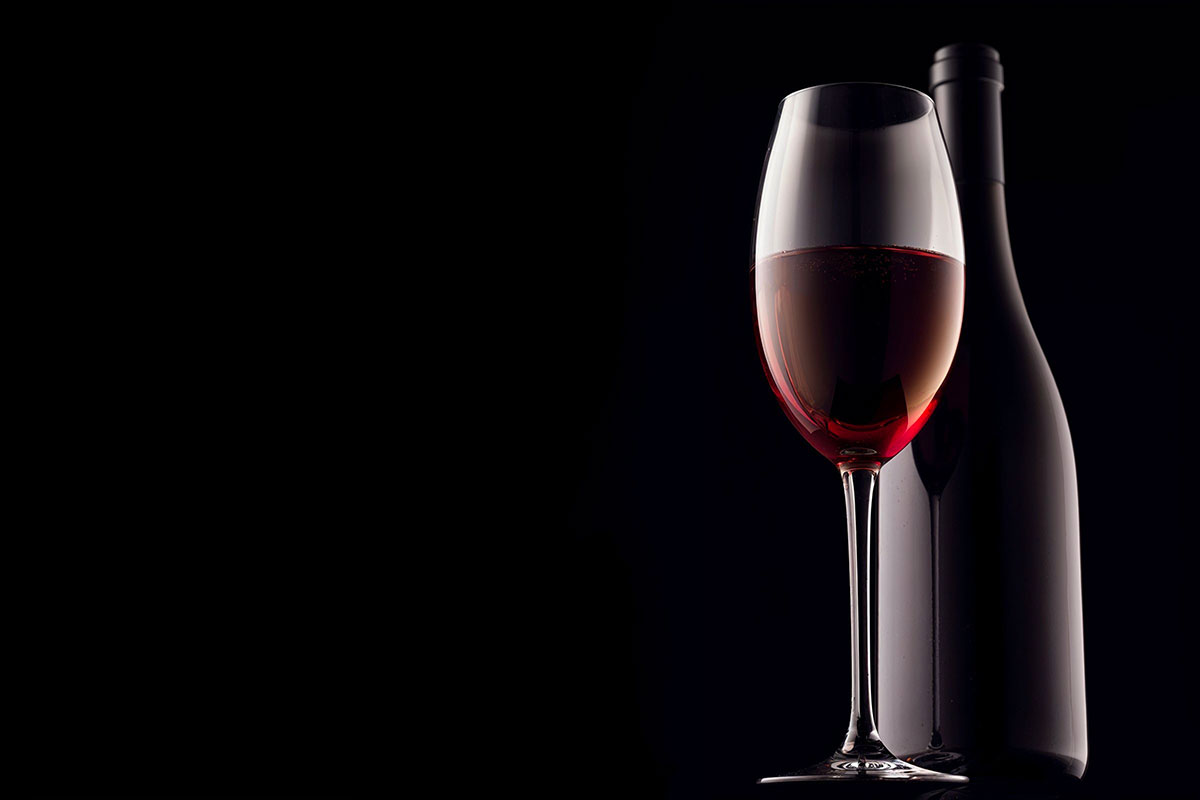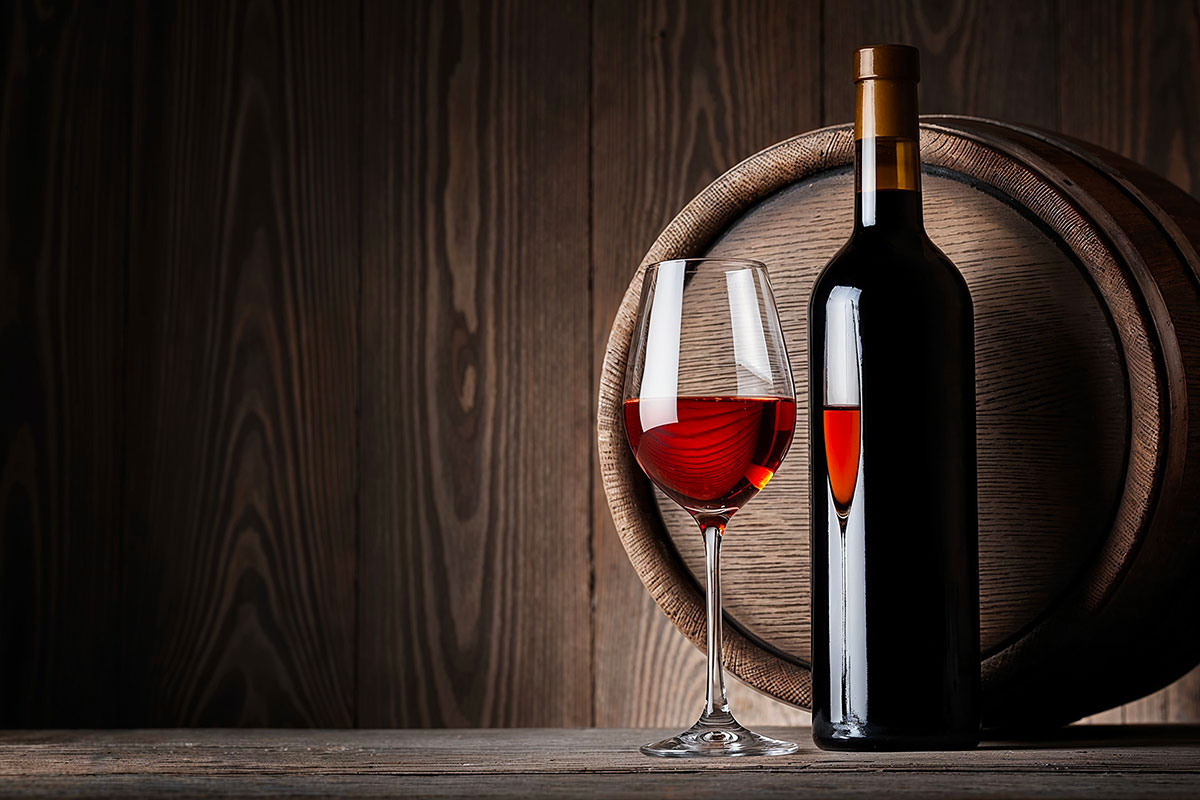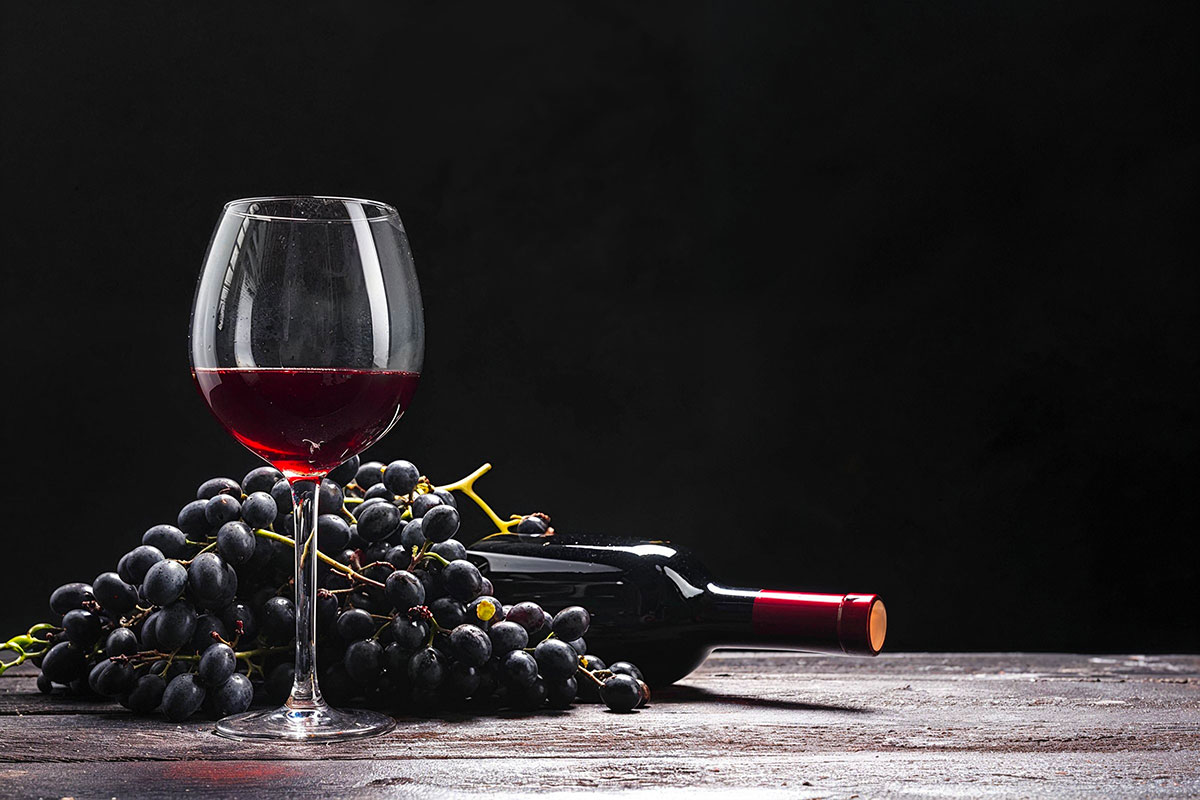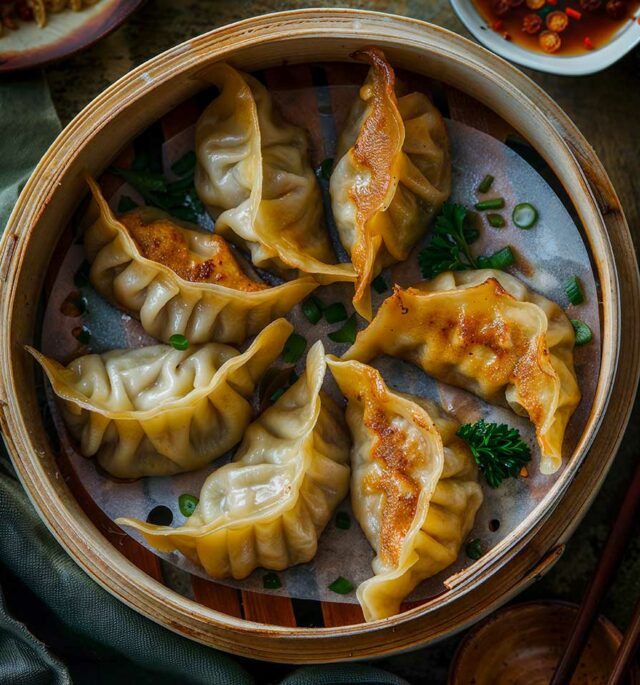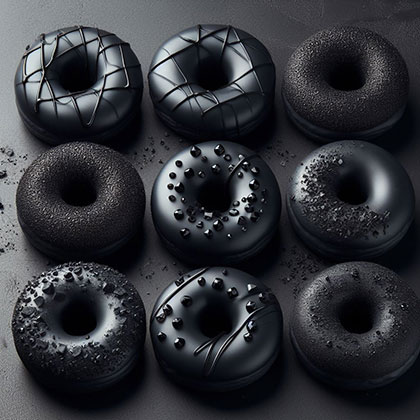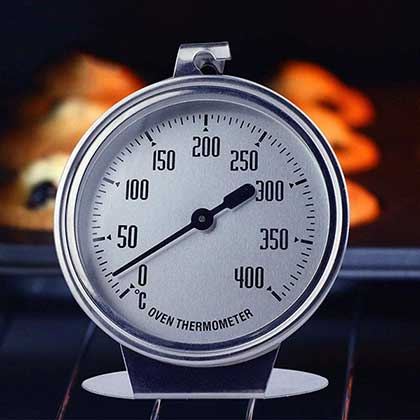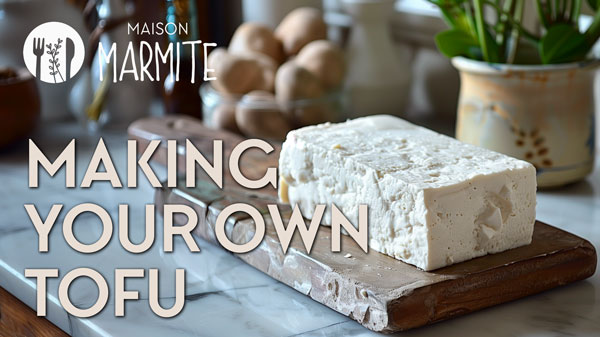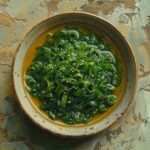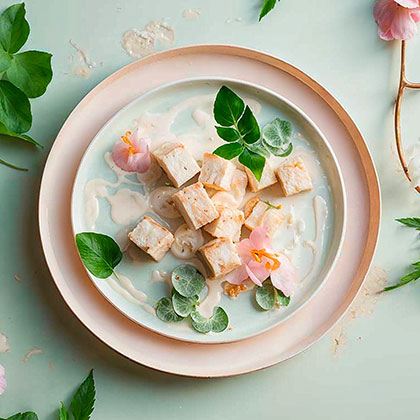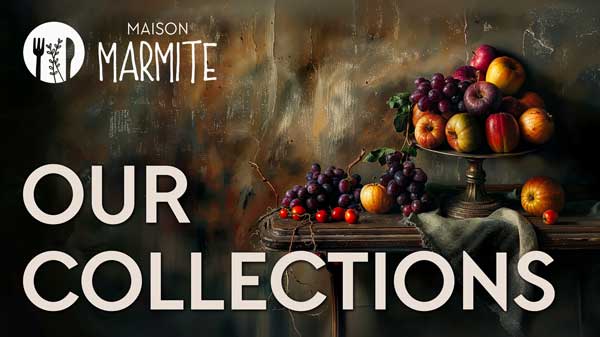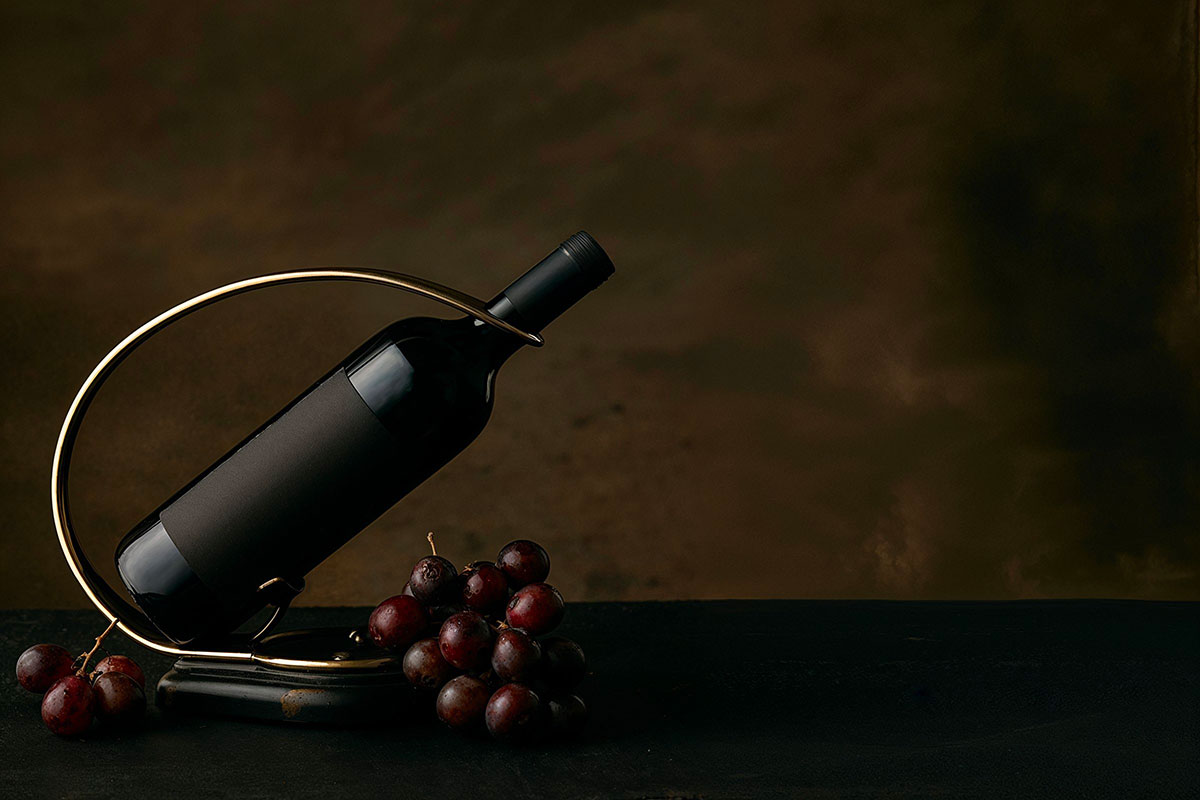
When cooking with wine, as in our sumptuous seitan steak recipe, a frequently recommended step is reducing the wine. This technique, while simple, can transform a dish’s character, imparting unparalleled depth of flavor. But why reduce wine, and how do you ensure it suits vegan cooking? This article guides you through these nuanced points.
Why reduce wine?
Reducing wine in culinary preparations helps to intensify its aromas while eliminating alcohol and part of the water. During reduction, alcohol, having a lower boiling point than water, evaporates quickly, thus concentrating flavors and reducing the wine’s acidity (alcohol boils at about 78.37°C, while water boils at 100°C). The reduction process helps to meld acidity, concentrate flavors, and transform the wine into an aromatic syrup that will enrich any sauce or stewed dish. It’s an ideal way to bolster flavor without overburdening the dish with liquid.
Choosing the right wine
In vegan cooking, wine choice is crucial. Contrary to common belief, not all wines are vegan. Indeed, during clarification, some producers use animal-derived products like gelatin, casein, or even fish scales. For animal-respectful cooking, one must thus turn to certified vegan wines, which guarantee that no animal products were used throughout the production process.
Wine reduction recipe
To reduce wine, follow these simple yet essential steps:
1. Pour the wine: Choose a good quality vegan red wine and pour the desired amount into a medium-sized saucepan.
2. Heat: Heat over medium-high heat until the wine begins to simmer. This is the sign that the alcohol is starting to evaporate.
3. Reduce: Lower the flame to maintain a gentle simmer. This step is crucial to allow for gradual evaporation and flavor development.
4. Monitor: Ensure that the reduction proceeds gently. If the wine bubbles too vigorously, it might burn, introducing an undesirable bitterness.
5. Reduced Volume: When the volume has halved, which usually takes about 10 to 15 minutes, the wine will have acquired a more syrupy consistency and more concentrated aromas.
6. Cool: Off the heat, allow the wine to cool before integrating it into your recipe. This will enable it to be added without risk of it continuing to reduce or heating the other components.
Wine reduction is a technique within everyone’s reach, bringing a chef’s touch to your vegan dishes. With a bit of practice, you’ll find that the game is worth the candle, transforming your culinary creations with a richness and complexity worthy of the finest tables.
Dim sum, those small culinary wonders from Chinese cuisine, captivate taste buds around the world with their variety and delicacy. Accessible and fun to prepare,...
Donuts are more than just a sweet treat; they're a true culinary science in their own right. So, how do you achieve that perfect blend...
There was a time when, despite all the love and attention I poured into my pastries, a recurrent failure tarnished some attempts, notably macarons; they...



